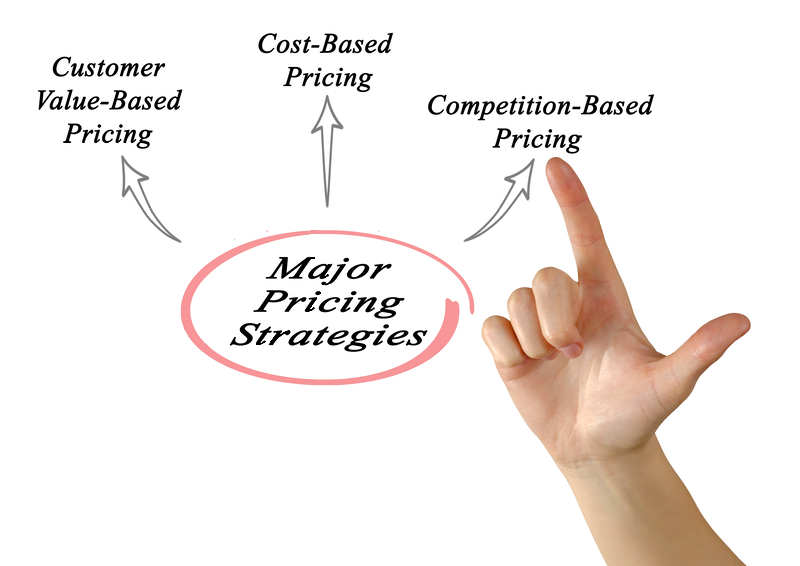
Value Based Pricing
Working out what it costs to provide a service can be a lot easier than working out what to charge. Costs are known easier to define. Adding a margin to the cost means you know how much you make. So what could be wrong? Understanding what a customer will pay is not so simple and unless you understand that principle you will most likely not be maximising your return. The issue with value-based pricing is best illustrated when you have a staff member join your firm and produces the same work in half the time. The cost is half, so does that mean you should charge less? Similarly, cost-plus pricing is often used with large projects. In that scenario, if you are adding a margin to the cost, providers with bloated cost structures will, by definition, charge more. More efficient businesses will have lower costs but potentially could and should charge the same or maybe more.
If we say that price should be based on value, the difficulty is determining what that value is. We don’t know what a customer is prepared to pay. In trying to determine this, here are some considerations.
- Understand what your competitors are charging – this is easier for a product sold in a store, more difficult for a service-based business.
- Understand your key differentiators from the customer’s perspective. This is not about what superior technical features your product may have, this is about the key benefit your customer derives through the use of your product or service
- Understand your customers – set up a research team to review how a selected group of customers use your product or service and how they benefit. This means taking the time to understand where the benefits are. For a smaller business, a research team may be too extravagant, but similar results could be achieved through an open meeting and asking the right questions.
- Consider putting your prices up and then gauge the reaction. Some might complain which allows you to present your case or come up with a resolution. High maintenance customers, who are also likely to be price-sensitive may leave but that can be a win-win – they can become a problem to a competitor! What you are left with is often the loyal customers who see the value in what you do and are prepared to pay for it.
From these considerations, you should be able to build a picture of why a customer would purchase your product or service over a competitor.
Here are some examples of value-based pricing at work:
- A friend of mine purchased a box of 8 party games to use at a party for $30. This solved the problem of how to entertain 60 guests – a real bargain. The box consisted of items such as plastic cups, a ping pong ball, some sticks and instructions on how to play the games. The cost of the items and the box would have been less than $2! The value is the problem that it solves.
- Professional services firms now have access to technology which means jobs are less labour intensive. Utilising the technology, jobs can be completed in less time and some cases minimal labour cost. Many are still able to charge the same price and have more streamlined structures supported by a range of technologies.
- Software products sold on a subscription basis are all value-based. Once they are fully developed and live their incremental cost is minimal, but we have all signed up for them! We have a problem which might be about organising contacts in our address book so we ask google, and google finds something that can solve the problem. We sign up in anticipation that our current problem will be solved and we are prepared to pay for it.
- Netflix is a subscription-based product that essentially provides convenience. You can watch any movie anytime without having to go anywhere. Gym memberships are similar. We pay for the right to have something even though we may not use it. Do we have time to watch that many movies or do we never get time to go to the gym? By not using the service there is no direct cost to the provider but consumers see value in convenience and flexibility to access the service anytime or anywhere.
Businesses that have been successful in recent times understand the principle behind value-based pricing. They do consumer research to establish what consumers value and can price accordingly thus maximising their returns. Businesses that still rely on cost-based models could be missing out. There is always pressure to reduce costs, but if you can identify where the value lies and structure your pricing model accordingly you will probably find you can improve your bottom line.
